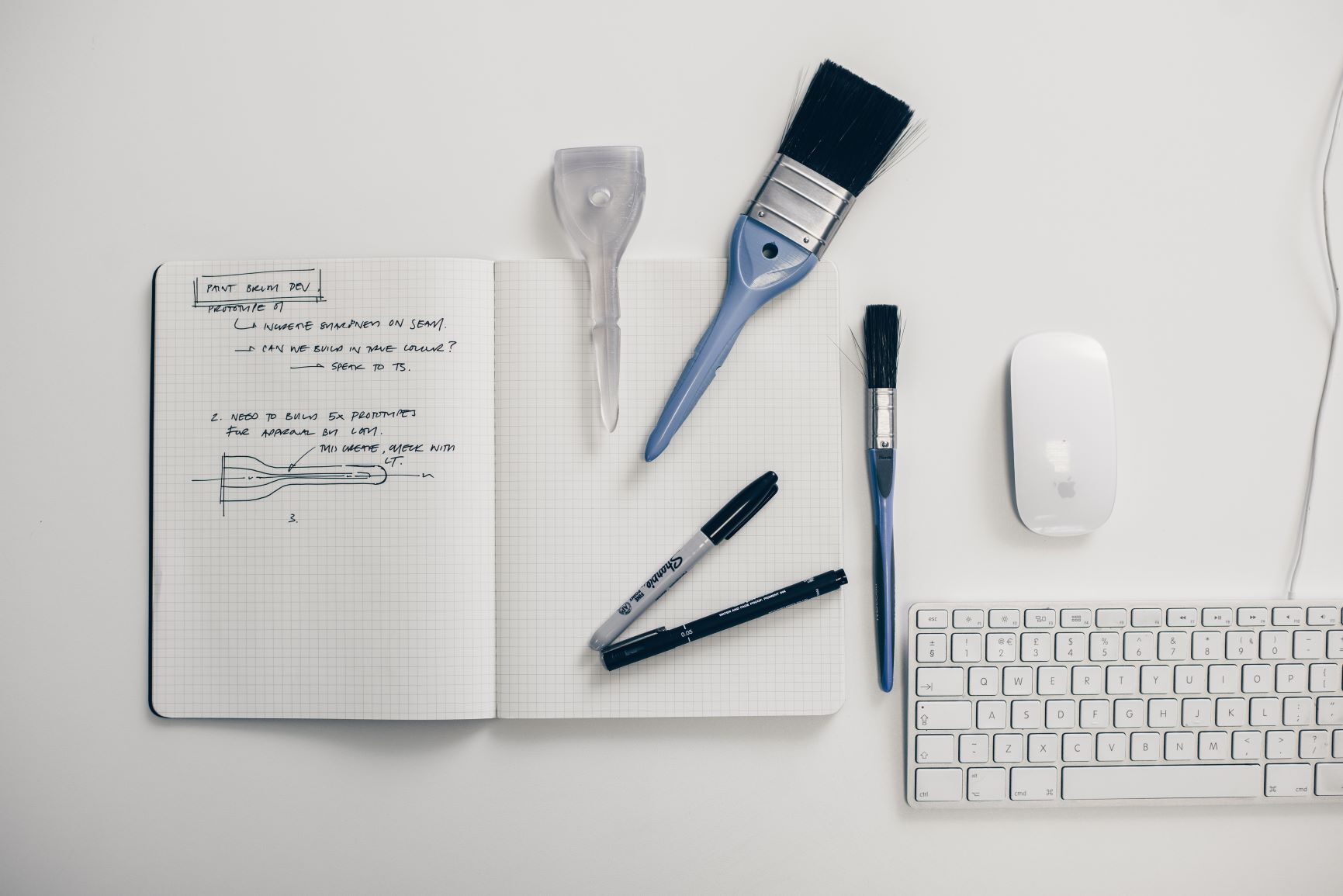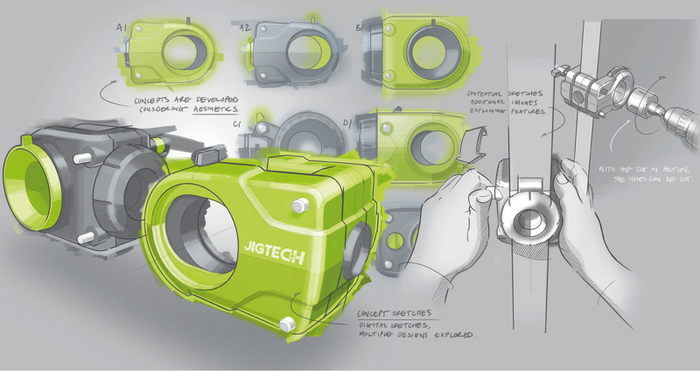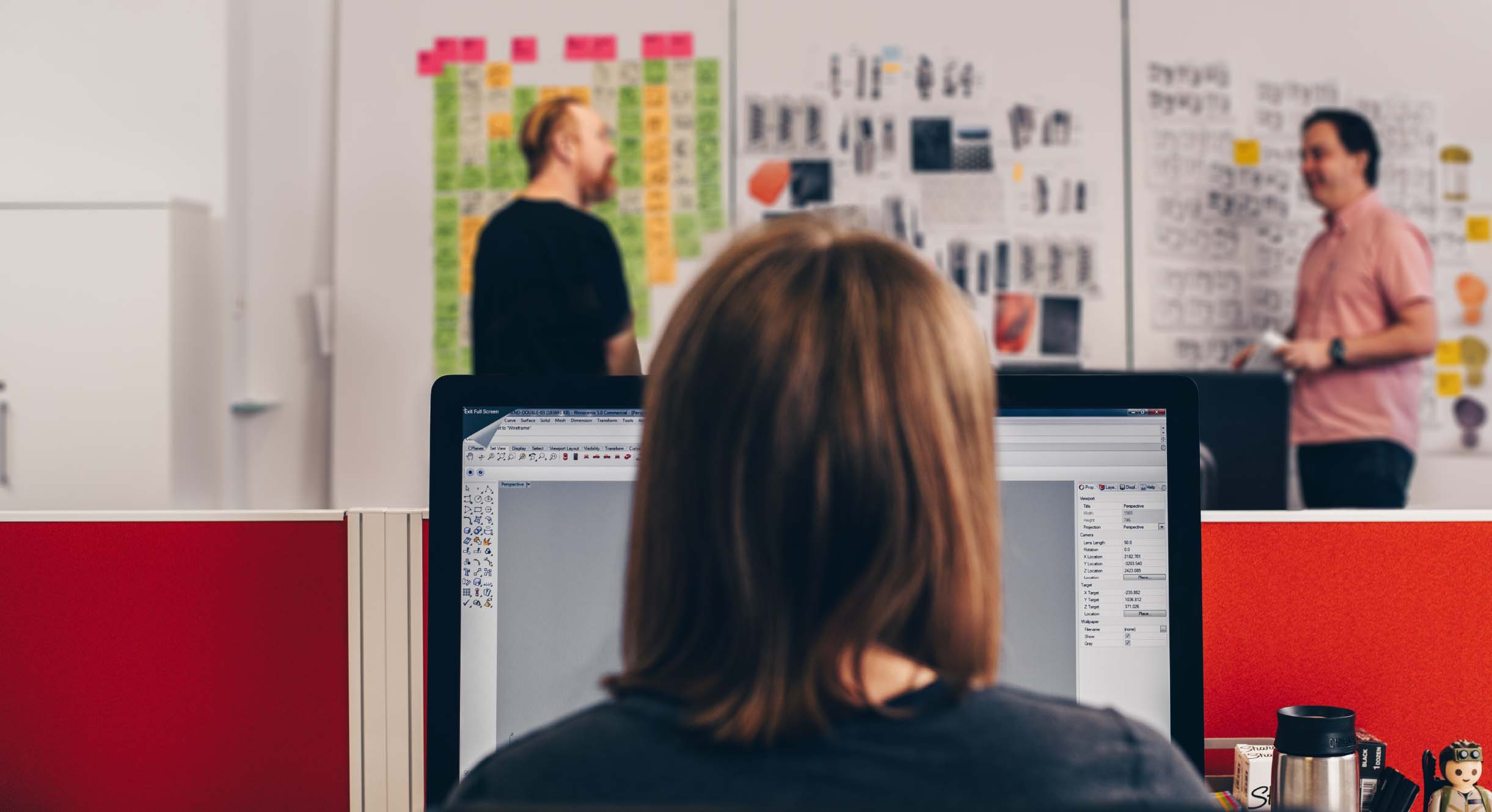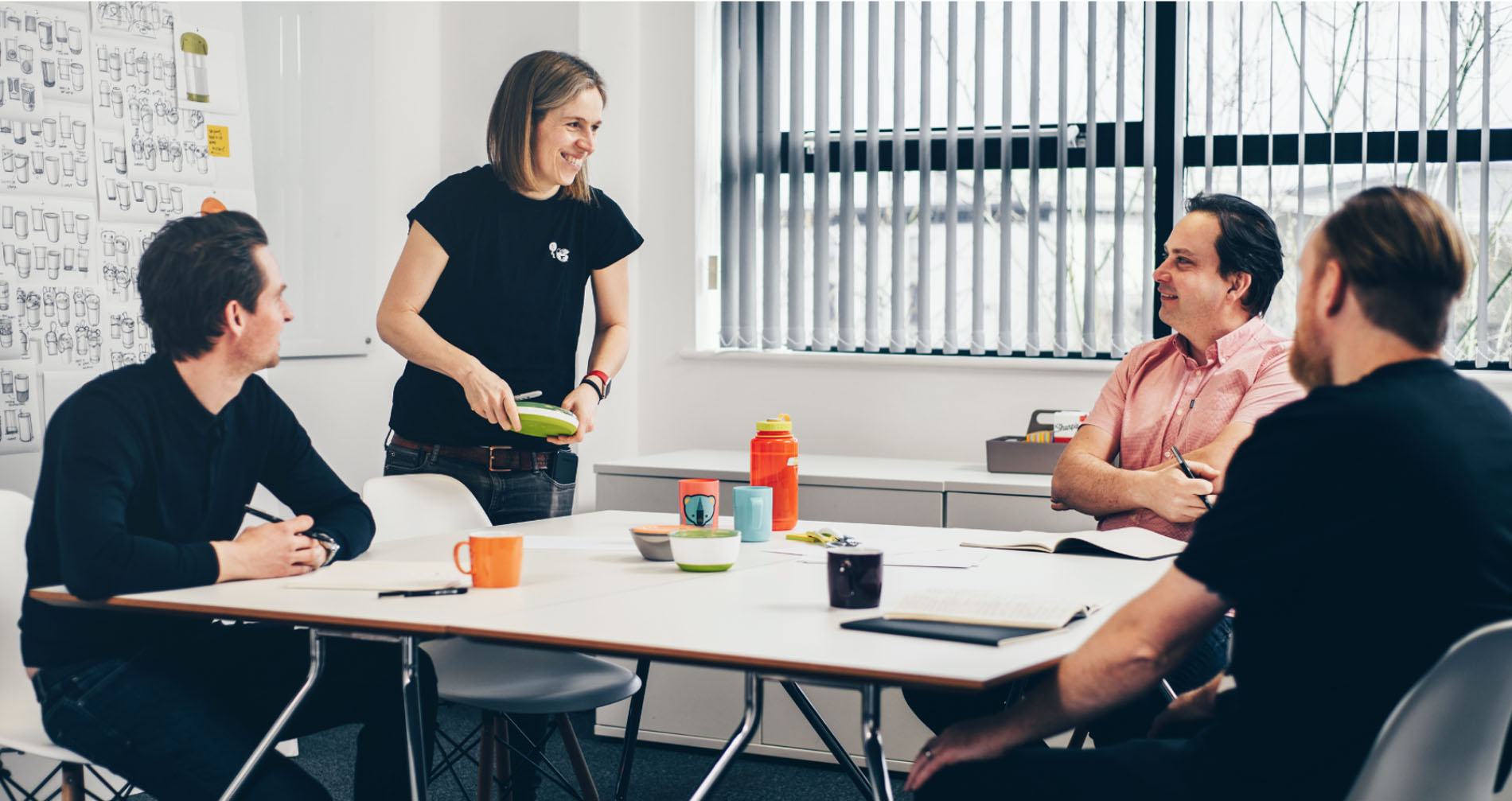Most design guides assume high-volume, mass manufacturing. But when you only need 10–200 parts, your design approach should shift dramatically.
Low-volume production — for testing, pilot runs, niche products, early market entry, or bridge manufacturing — requires different decisions around materials, tooling, cost, finish, and production methods.
This is where designers can gain massive advantages by optimising early for low-volume.
1. Batch Size Changes Everything
Why 10–200 parts is a unique window
-
Too small for injection moulding to be economical.
-
Too large for inefficient, slow prototyping methods.
-
Exactly the sweet spot for additive manufacturing, vacuum casting, and hybrid workflows.
Design implications
-
You can prioritise faster iteration over complex tooling.
-
Part designs can afford to be updated between batches.
-
You can avoid mould splits, draft angles, ejector marks and other constraints of mass production.
-
Tolerances, geometry, and features can be far more flexible.
2. Tooling Requirements Are Very Different
No need for expensive hard tooling
For low-volume, you can often avoid:
-
Steel moulds
-
Injection tooling
-
Multi-cavity moulds
-
Long lead times
What you need
-
3D printed masters for vacuum casting
-
Soft tooling (silicone moulds)
-
Modular jigs and fixtures made via AM
-
Design considerations for castability or printability
Design Takeaway
Your design becomes tooling-light, which:
-
Reduces upfront cost
-
Speeds up time-to-market
-
Gives freedom to experiment
3. Modular Design Becomes Your Best Friend
Low-volume manufacturing is ideal for modular products.
Why modularity wins here:
-
Reduces cost by reusing standard components
-
Allows easier updates to individual sections
-
Helps separate cosmetic from structural elements
-
Enables multi-process workflows:
-
Printed core + cast outer shell
-
Machined bracket + printed housing
-
Design strategies:
-
Break parts into assemblies that suit different manufacturing methods
-
Use standard fixings to avoid custom tooling
-
Allow outer components to change without affecting internal structure
4. Materials Choices Are Broader Than You Think
In low-volume, you’re not restricted by:
-
Resin availability for injection moulding
-
High MOQs
-
Standardised moulding grades
Instead, you can choose materials based on:
-
Performance
-
Aesthetics
-
Cost
-
Speed
-
Post-processing compatibility
Examples
-
SLS / MJF nylon for durable end-use parts
-
SLA for cosmetic housings
-
Vacuum casting resins designed to mimic:
-
ABS
-
PC
-
PP
-
Elastomers (Shore A)
-
Key Design Considerations
-
Wall thickness variation is more forgiving
-
You can choose materials for prototype → production consistency
-
Colour matching and textures become post-processing decisions
rather than moulding constraints
5. Scaling: Small Batches Are Easy to Repeat, Not Always Easy to Scale
When designing for 10–200 units, always consider:
Can this process scale to 500+ if needed?
-
SLS/MJF scales well in batches
-
Vacuum casting scales until mould life ends (20–25 pulls per mould)
-
Machining scales with fixture optimisation
-
SLA scales for cosmetic components but not high-wear parts
Design for scalable workflow:
-
Shared geometries across parts
-
Reduced complex internal features
-
Designing “future moulding ready” versions for later mass-production
-
Keeping options open to transition to injection moulding
6. Cost vs Speed: The Balancing Act
Design choices affect cost instantly
For low-volume manufacturing:
-
Fewer parts = lower assembly time
-
Simple geometries = faster prints
-
Avoiding over-engineering = less post-processing
-
Split large designs into efficient printable sections
Prioritising speed
-
Think “what gets us to test or market fastest?”
-
Use AM for detailed features
-
Use casting for repeatability & finish
-
Design with minimal supports & less finishing work
Prioritising cost
-
Consolidate assemblies
-
Use standard components
-
Remove expensive-to-finish surfaces
-
Choose materials with good print efficiency
7. When to Use AME-3D for Low-Volume Production
Ideal when you need:
-
Repeatable batches
-
Cosmetic-quality finishes
-
Strong, proof-of-concept housings
-
Elastomer or ABS-like cast components
-
Rapid design iteration + full production
Your competitive advantage
AME-3D can support the entire journey:
-
Concept → CAD
-
Design for low-volume
-
Functional prototypes
-
End-use parts
-
Finishing
-
Short-run production with multiple processes in-house
Conclusion
Designing for low-volume production isn’t a cut-down version of designing for mass production — it’s a different discipline altogether.
When designers embrace the flexibility of AM and vacuum casting, they unlock:
-
Faster development
-
Lower costs
-
Better design freedom
-
A product that can get to market (or testing) far sooner
AME-3D sits right at the heart of that opportunity. Need help starting your project? Contact us today.




